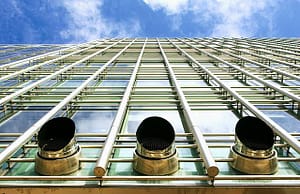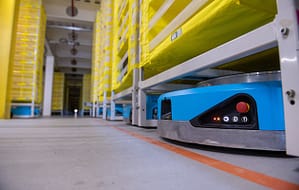Climate change is a term used to describe the changes in climate that have been observed. These changes include global warming, climate cooling, and climate change due to natural factors or human activities.
The climate of London has changed so much that its once iced roads are now melted snow. This climate change is mainly due to the increase in global temperatures which consequently causes sea levels to rise, air pollution to worsen, and weather patterns to become unpredictable.
How will climate change affect London?
Large-scale cities like London are more prone to damage if a region experiences more rainfall and/or extreme weather events, resulting in flooding.
There are several climate-changing factors, but the most significant ones to London’s climate are changes in temperature and climate. Warmer temperatures have made climate change one of the most tangible environmental challenges facing London, with rising sea levels being its primary concern.
The “Climate Alert” shows that the city is vulnerable to natural disasters such as flooding from severe rainfall and storms. Predicting these types of natural disasters poses a real challenge too though because they’re tough to see how they may affect a specific location until it actually happens.
If we want London’s future stability and safety, we need people who care about climate change and want to make a difference.
Is London safe from climate change?
London currently faces a serious challenge with climate change. In recent years, greenhouse gas emissions have increased significantly, increasing their size and impact as noted in a study commissioned by Bloomberg and the redevelopment government in London.
The study reveals that London’s west and eastern ends could be severely threatened with flooding by 2025. If the Thames collapses, the British government has announced that they should start mapping out how many places will become submerged under floods in the area next spring.
Several key boroughs – which include Hammersmith and Hamlets borough – face heightened vulnerability to the impacts that floods have on the area.
How is London responding?
First, the city has developed a climate emergency action plan. This will make the city more proactive at limiting the use of carbon dioxide in city buildings and cities and preventing the expansion of the economy. In 2025, England will have its first carbon-neutrality goal to meet.
The City Council recognises that climate change mitigation may help to address social issues, increase sensitivity to climate change, and lower expenditures. It endorses resilience and adaptation, as well as 30 distinct techniques and actions.
These are also part of regular city operations programs such as recycling programs, LED street lighting, and the upkeep and upgrade of existing energy efficiency equipment in London homes.
Some climate-changing factors are out of control, but the most significant ones to London’s climate are changes in temperature and climate. Warmer temperatures have made climate change one of the most tangible environmental challenges facing London, with rising sea levels being its primary concern. When it comes to climate change, there are so many aspects that affect a specific climate change.
Conclusion
Changes in London’s climate may completely alter the way businesses operate and they need to be addressed quickly before they become an even bigger problem. Climate change in London is mainly due to the increase in global temperatures which consequently causes sea levels to rise, air pollution to worsen, and weather patterns to become highly unpredictable.
If we want London’s future stability and safety, we need people who care about climate change and want to make a difference.






Leave a Comment